What to Know When Cooking with Garlic
What’s the common denominator in mouth-watering mashed potatoes, homemade spaghetti sauce to swoon over, and divine herb butter atop an oven-warmed French baguette? The goddess of good eats. The monarch of the kitchen. Every cook’s universal aromatic, of course. Fresh garlic! There’s no question that adding garlic to a savory dish can take it from so-so to sensational.
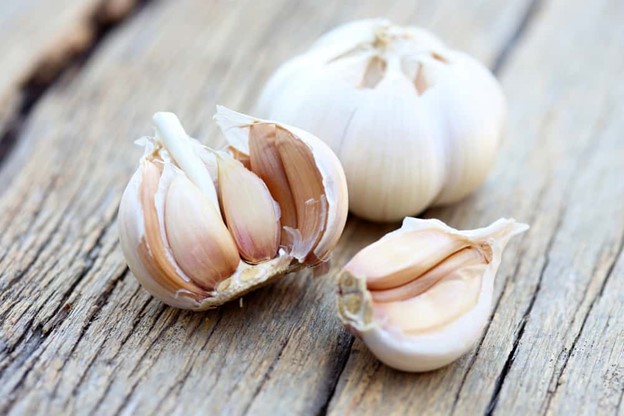
In fact, it’s so popular that, according to the USDA, Americans purchase an estimated 121 million pounds of fresh garlic every year. It's a permanent fixture in multiple global cuisines, including Indian, Chinese, and Italian.
As versatile and popular as this ingredient is, garlic can go wrong in many ways. It burns when you're just trying to brown it, can be a pain-in-the-neck to peel, and either floods a dish with its flavor or doesn't shine through at all.
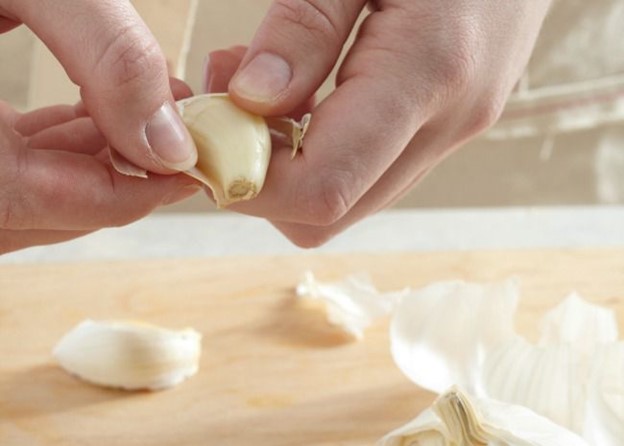
So your garlic-cooking doesn’t go wrong, here are a few tips from www.tastingtable.com. While it’s not rocket science, there ARE some important things to know when cooking with it.
While this doesn’t actually affect flavor, we should start with protecting its health benefits. You do this by following the 10-minute garlic rule. After you've sliced or diced your cloves, let them sit for 10 minutes. This allows the enzyme that creates the chemical responsible for garlic's anticoagulant, cancer-fighting, antibacterial properties to do its work before being exposed to heat.
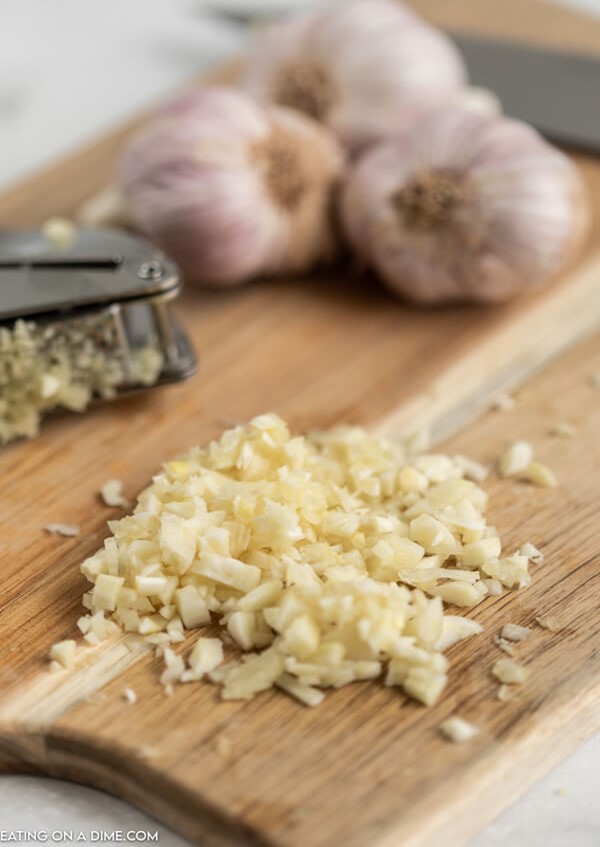
According to the folks at www.nutritionfacts.org, the enzyme is activated by cutting or crushing, but killed by heat, so by letting your garlic rest away from the fire, the enzyme has time to convert into allicin, an almost magical compound. While allicin will also start to be killed off by cooking, it is more resistant to heat, and more of it will make it to the other side if the conversion happens at room temperature.
Next comes maximizing garlic’s flavor potential. Do you often feel like garlic dominates your food's flavor even though you're putting less and less in? If you're always using minced garlic or crushing your garlic into a fine paste, that's likely the culprit.
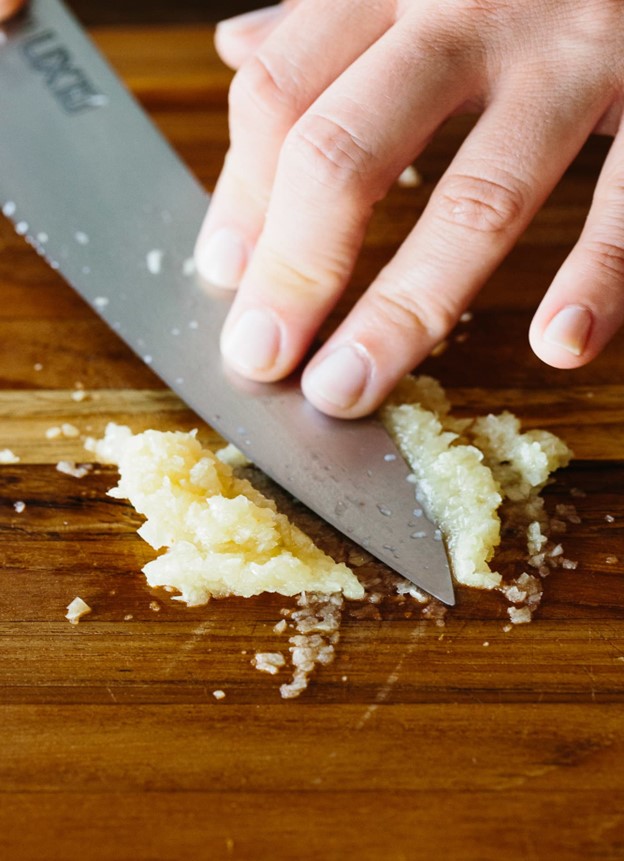
Garlic's strong aroma and taste are owed to the chemical alliinase, which is released when the bulb is disturbed through slicing, mincing, or crushing. The more you break down garlic, the more this sulfuric compound is released, and the more your garlic flavor will intensify.
So, if you’re wanting a more mild taste, use whole cloves. This will invoke a milder, subtle garlic taste. This more modest flavor pairs well with dishes like a simple roasted chicken recipe, soups, garlic bread, and seafood — just to name a few. You can leave the cloves whole after your dish is cooked, or take them out, crush, and reincorporate. Doing so won't increase garlic potency since it's already been cooked.
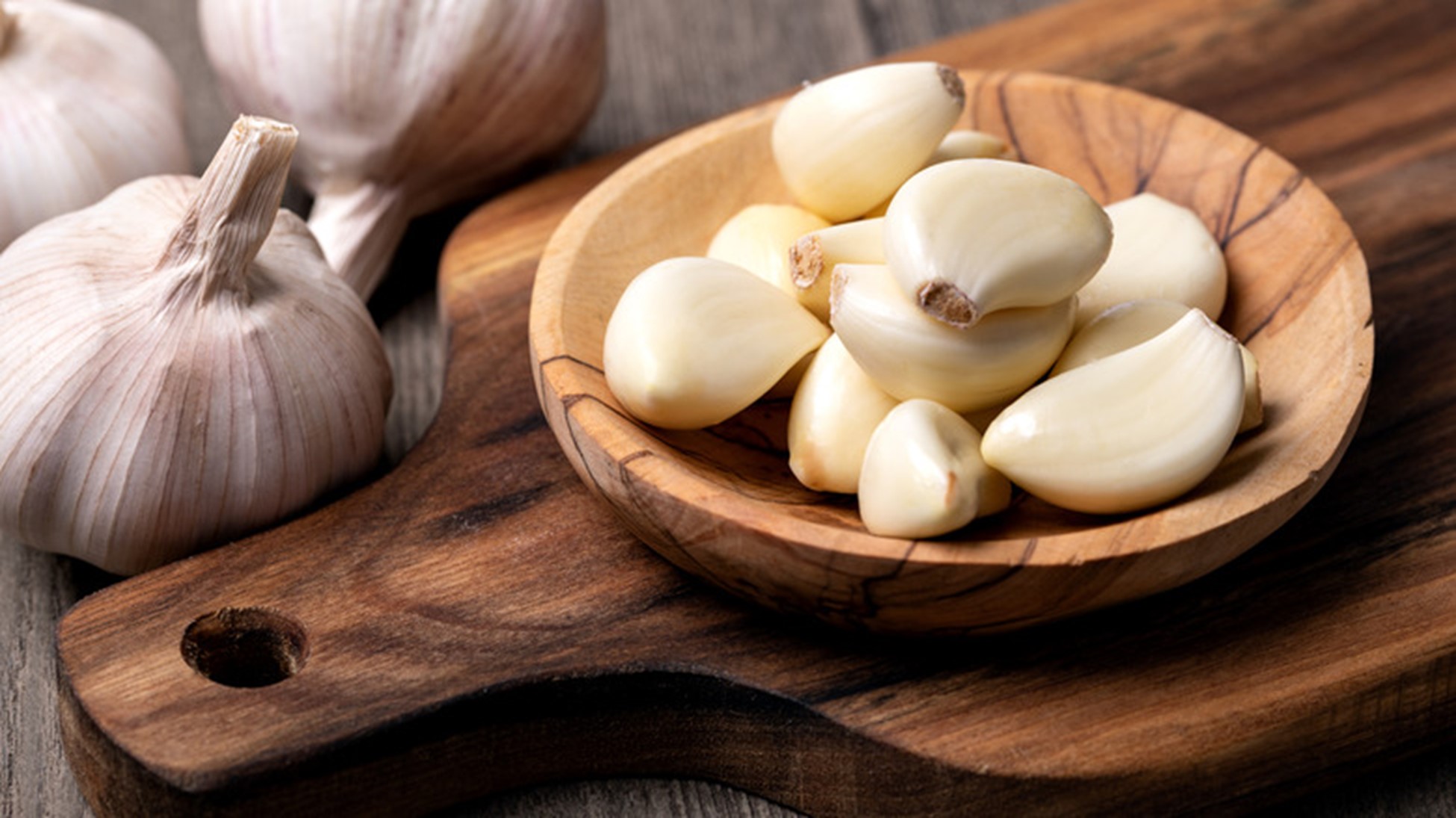
I’ll close with the answer to the most troubling garlic question of all: When SHOULD you use minced, sliced, or quartered garlic? The more you cook, the more you'll hone a personal preference for this, but here's a general guide from the professionals at www.tastingtable.com, to get you started: For stews, braising, or other slow-cook recipes, the cloves can be whole or slightly smashed; use thinly-sliced cloves in sautés and top your dish with the crispy pan-fried garlic chips; minced garlic fares well in salad dressing.

In fact, it’s so popular that, according to the USDA, Americans purchase an estimated 121 million pounds of fresh garlic every year. It's a permanent fixture in multiple global cuisines, including Indian, Chinese, and Italian.
As versatile and popular as this ingredient is, garlic can go wrong in many ways. It burns when you're just trying to brown it, can be a pain-in-the-neck to peel, and either floods a dish with its flavor or doesn't shine through at all.

So your garlic-cooking doesn’t go wrong, here are a few tips from www.tastingtable.com. While it’s not rocket science, there ARE some important things to know when cooking with it.
While this doesn’t actually affect flavor, we should start with protecting its health benefits. You do this by following the 10-minute garlic rule. After you've sliced or diced your cloves, let them sit for 10 minutes. This allows the enzyme that creates the chemical responsible for garlic's anticoagulant, cancer-fighting, antibacterial properties to do its work before being exposed to heat.

According to the folks at www.nutritionfacts.org, the enzyme is activated by cutting or crushing, but killed by heat, so by letting your garlic rest away from the fire, the enzyme has time to convert into allicin, an almost magical compound. While allicin will also start to be killed off by cooking, it is more resistant to heat, and more of it will make it to the other side if the conversion happens at room temperature.
Next comes maximizing garlic’s flavor potential. Do you often feel like garlic dominates your food's flavor even though you're putting less and less in? If you're always using minced garlic or crushing your garlic into a fine paste, that's likely the culprit.

Garlic's strong aroma and taste are owed to the chemical alliinase, which is released when the bulb is disturbed through slicing, mincing, or crushing. The more you break down garlic, the more this sulfuric compound is released, and the more your garlic flavor will intensify.
So, if you’re wanting a more mild taste, use whole cloves. This will invoke a milder, subtle garlic taste. This more modest flavor pairs well with dishes like a simple roasted chicken recipe, soups, garlic bread, and seafood — just to name a few. You can leave the cloves whole after your dish is cooked, or take them out, crush, and reincorporate. Doing so won't increase garlic potency since it's already been cooked.

I’ll close with the answer to the most troubling garlic question of all: When SHOULD you use minced, sliced, or quartered garlic? The more you cook, the more you'll hone a personal preference for this, but here's a general guide from the professionals at www.tastingtable.com, to get you started: For stews, braising, or other slow-cook recipes, the cloves can be whole or slightly smashed; use thinly-sliced cloves in sautés and top your dish with the crispy pan-fried garlic chips; minced garlic fares well in salad dressing.
 Alice Osborne
Alice Osborne
Weekly Newsletter Contributor since 2006
Email the author! alice@dvo.com
